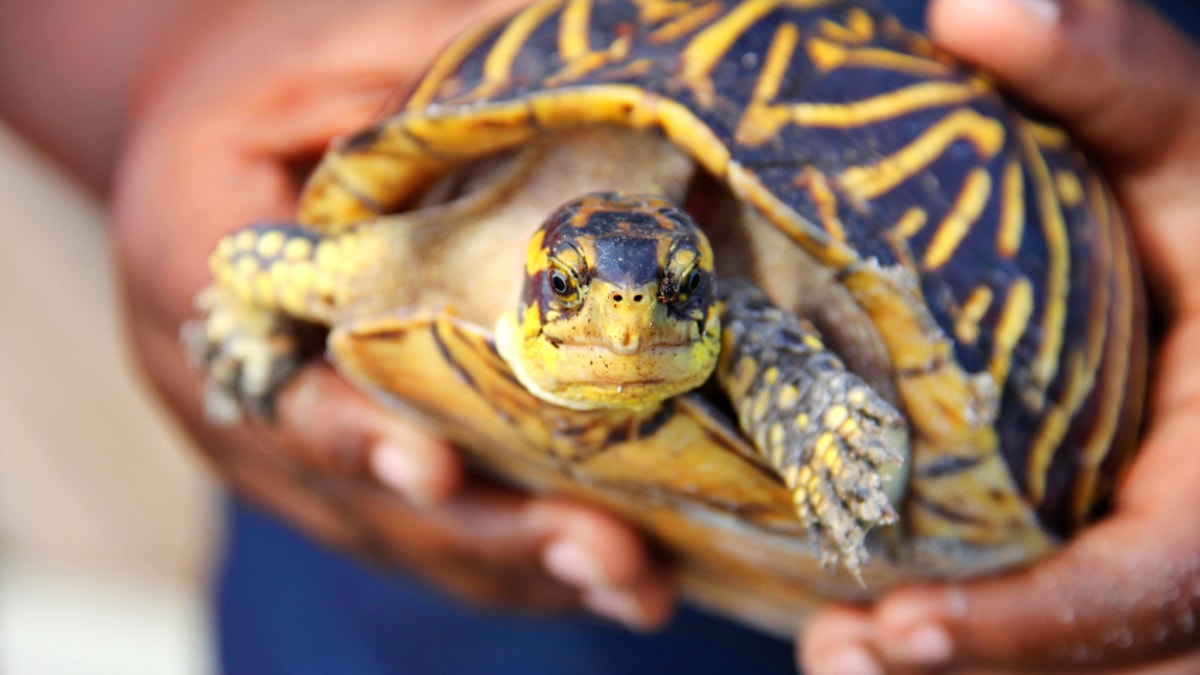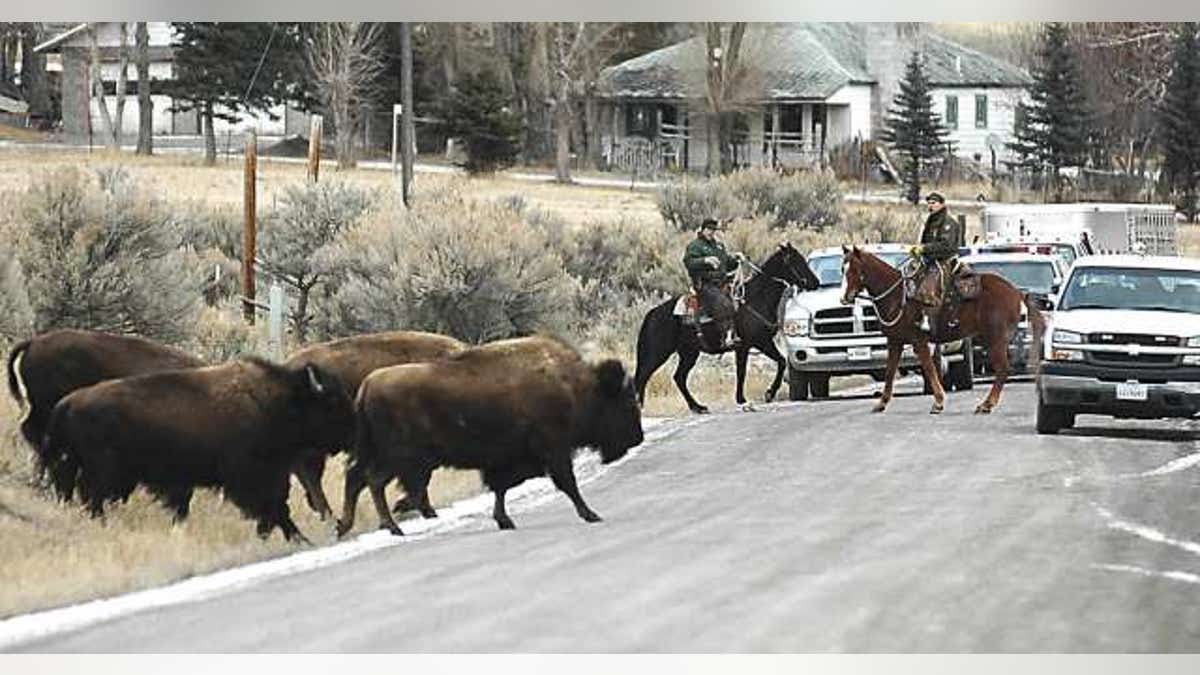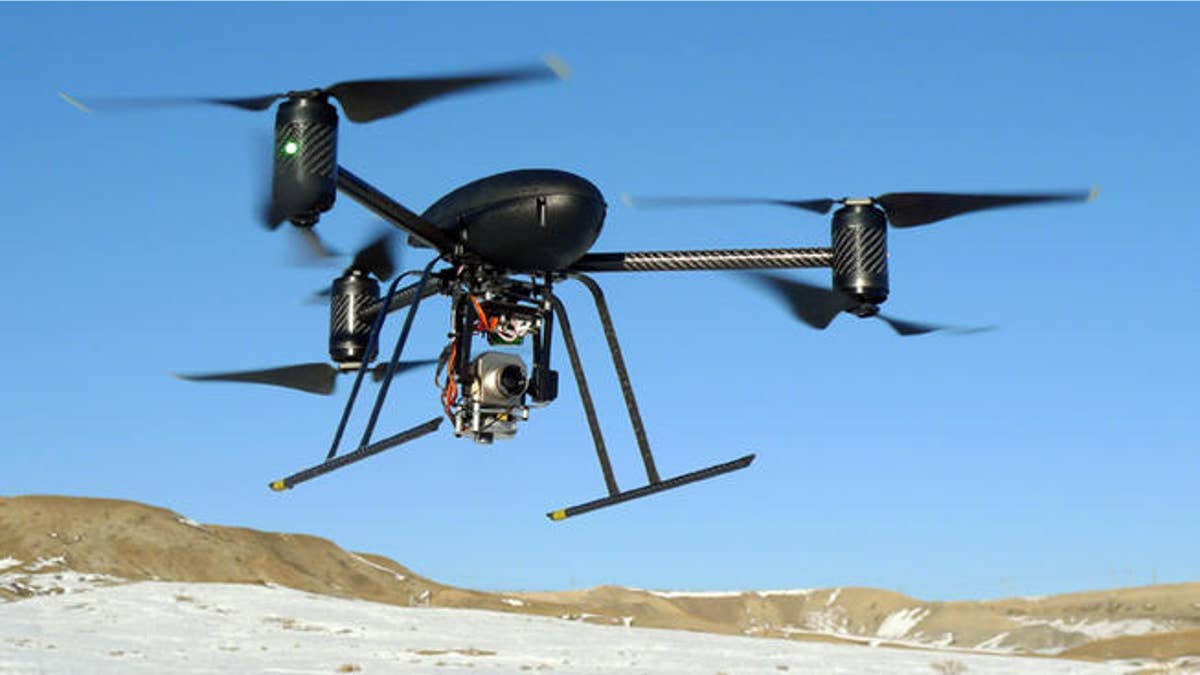Some overly eager visitors to South Lake Tahoe prompted local wildlife authorities to issue a warning recently: Stop taking selfies with the bears that feed on salmon at a popular viewing area.
Sadly, such ill-advised snaps are just one example of the cluelessness of many visitors to wilderness areas, documented by hundreds of videos that provide hours of head-shaking viewing.
Wildlife experts don’t know whether the proliferation of cellphones and social media sites is to blame or if the footage is just evidence of bad behavior that’s been happening all along, but they agree that many visitors to national parks and other wildlife areas remain shockingly unaware of the dangers they may encounter in the great outdoors.
“In my experience, people tend to believe that the wilderness is not really very wild, that it’s been sanitized and made safe for them — and that’s just not true,” says Lee Whittlesey, historian at Yellowstone National Park and author of Death in Yellowstone: Accidents and Foolhardiness in the First National Park.
“In fact, the word ‘wilderness’ comes from wild animal. But people are not used to seeing big mammals, so they get excited and run after them and chase them and try to get photos. Even with all of our warning signs and literature, we have incidents every year.”
So, with the arrival of fall — a popular time to visit wilderness areas but also the rut season for large mammals like bull elk and deer — here’s a refresher on wildlife safety tips. It’s common sense for most people, but it could be a life-saving read for others.
1. Keep a safe distance.

(Bison, AP Photo)
In 2012, Yellowstone National Park posted a video of a bison charging a crowd at the Old Faithful geyser, showing how fast the animal can run and highlighting the importance of keeping a safe distance.
Just how far “safe” is varies — it’s 100 yards for bears and wolves and 25 yards for all other large mammals, including bison, elk and deer, according to Yellowstone’s regulations — but a general rule of thumb is that if your presence changes the behavior of the animal, you’re way too close.
2. Don’t touch the wildlife.

(iStock)
National parks and other natural habitats are not petting zoos — it’s illegal to touch wildlife. But that doesn’t stop countless clueless visitors from trying to lay a hand on the animals. Bottom line: You should never be close enough to wildlife to touch it.
3. Don’t feed the animals.

Fluffy red squirrel eats sunflower seeds from a children's palm (iStock)
Feeding animals isn’t just a problem on land; it’s also a major issue for marine creatures. In 2012, Beggar, a bottlenose dolphin in the Gulf of Mexico and one of the most studied and famous dolphins in the world, was found dead in Sarasota, possibly because hundreds of people fed it over the years, according to wildlife officials.
What’s more, even “harmless” animals like deer and squirrels can carry disease, and feeding them can put you at risk of illness, said Ashley Mayer, a park ranger at Yosemite National Park in California.
In addition, in some western states, small animals like prairie dogs have been known to carry the plague, which was diagnosed in three people in Colorado this summer. The bacteria that causes plague occurs naturally in the western United States, primarily in California, New Mexico, Arizona and Colorado, according to the U.S. Centers for Disease Control and Prevention.
4. Don’t assume you’re safe in a car.

** FILE ** Mounted Yellowstone National Park wranglers haze stray park bison off private land about seven miles north of Gardiner, Mont., Jan. 19, 2006. A new government report says clashing state and federal bureaucracies are hobbling efforts to stop the slaughter of bison leaving Yellowstone National Park -- even as the number of animals killed this year sets a new record. (AP Photo/The Livingston Enterprise, Garrett Cheen, File) (AP Photo)
An incident in South Africa’s Kruger National Park illustrates the misconception that vehicles provide safe haven from wild animals. In the viral video, an agitated elephant overturns a car carrying a British couple on a self-drive safari. One of the passengers suffered serious injuries and the animal was put down, igniting worldwide outrage because the couple appeared to be at fault.
But elephants aren’t the only animals that can damage cars and injure their passengers. Every fall, Whittlesey says, rutting bull elk charge vehicles that get too close to them in Yellowstone. “I've seen them tear up a car,” he told Foxnews.com. “They’re on edge, and they don’t like anyone getting too near them.”
5. Leave your drone at home.

(AP Photo)
In the summer, the National Park Service issued a ban on drones in national parks after an uptick in incidents of them harassing wildlife and bothering park visitors. In Zion National Park in Utah, a group of drone handlers was busted in April for harassing a herd of bighorn sheep with their drone, separating a few young animals from adults.
Violation of the ban is punishable by up to five months in jail and/or a $5,000 fine, but not everyone has abided by it. There have been several recent convictions for operating drones in Yellowstone, a spokeswoman said, including a visitor from the Netherlands who flew his drone into Grand Prismatic, the third-largest hot spring in the world and one of the park’s most iconic landmarks.
6. Store Food Properly

(California Department of Fish & Wildlife)
At Yosemite, which has more than 4 million visitors annually, there have been 154 incidents between humans and bears so far this year, resulting in over $7,000 in property damage. Most of them were because visitors improperly stored their food, Mayer said.
Those figures are a fraction of the $631,143 in damage that occurred as a result of 1,479 incidents in 1998, an indication that the park’s education efforts are working. However, Mayer confirmed that there is a 35 percent increase in incidents so far in 2014 over the same time period as last year, which could be related to California’s three-year drought because it may be affecting some food sources like berries.
Visitors to parks with bear populations must be highly vigilant about properly storing food in bear-proof containers at campsites, not their cars, as well as at trailheads in the backcountry. In addition, Mayer said, anything with an odor — toothpaste, deodorant, mouthwash — is a potential food source for bears and must be stored accordingly.
